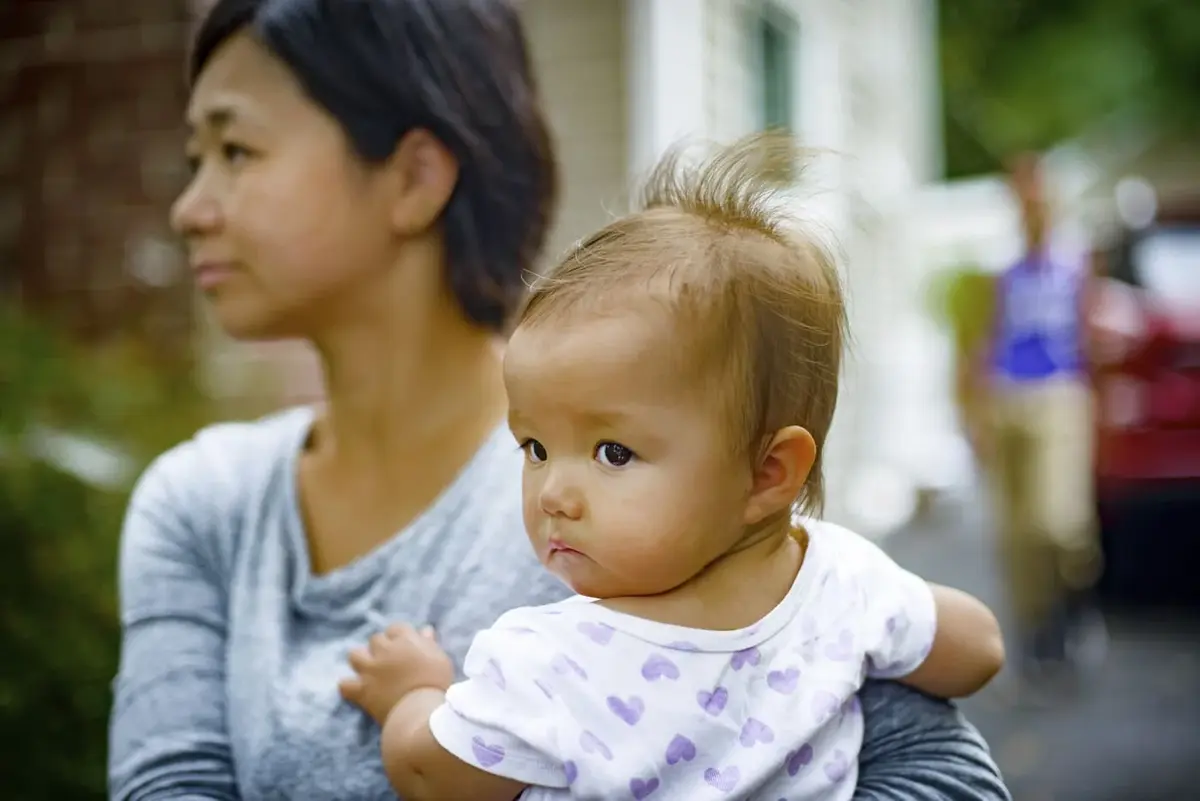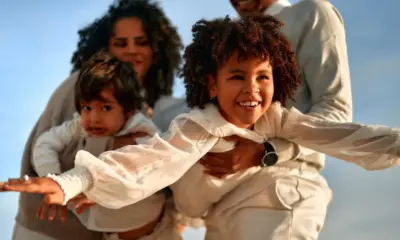Baby Development
Understanding Stranger Anxiety in Babies

Understanding Stranger Anxiety in Babies: What Parents Should Know
Babies can become anxious around unfamiliar faces, even ones they’ve met before. This response, known as stranger anxiety in babies, marks a normal emotional milestone. Around this age, babies begin to differentiate familiar people from strangers, showing strong preferences for trusted caregivers.
You might feel uncomfortable when your baby clings to you or cries with others. But this developmental stage is actually healthy and necessary.
When Does Stranger Anxiety Start?
Stranger anxiety typically starts between 8 and 9 months of age. At this stage, your baby can clearly recognize familiar versus unfamiliar people. This new awareness can cause distress, especially when approached by someone they don’t see often.
Although every child is different, stranger anxiety usually fades between ages 2 and 3. Some babies may show mild reactions, while others experience intense distress around new people.
Why Babies Fear Strangers
There’s a reason stranger anxiety exists. From an evolutionary perspective, sticking close to caregivers kept babies safe. Unfamiliar faces could mean danger.
Now, your baby’s discomfort signals a secure attachment. They recognize your face and feel safest with you. This emotional bond shows your child trusts and depends on you.
Additionally, stranger anxiety often appears alongside separation anxiety. These two developmental stages go hand in hand as babies begin to understand object permanence.
Is It Normal If My Baby Only Wants Mom?
Yes, and it’s extremely common. Babies form their strongest bond with the person who spends the most time with them. Often, this is Mom. However, roles can shift as children grow and interact more with other caregivers.
Although it can be exhausting, avoid always giving in. Encourage other caregivers to participate in routines like bath time or feeding. Gently ease your baby into shared responsibilities while reassuring them that love and safety remain constant.
How to Make Goodbyes Easier
Helping your baby cope with your absence takes time and consistency. Follow these steps to support their emotional adjustment:
- Leave after meals or naps, when your baby is well-rested and fed.
- Keep goodbyes brief but comforting. Smile, say goodbye, and then walk away confidently.
- Use a consistent comfort object, such as a soft blanket or toy, during transitions.
- Always explain where you’re going and remind them that you’ll return.
- Never sneak out. Disappearing suddenly increases anxiety and fear.
Helping Your Baby Get Used to Others
Stranger anxiety in babies can make social visits difficult. Your baby may reject friends or relatives, even those they’ve met before. Don’t worry—this is temporary.
Here are a few ways to help ease their fears:
- Be Patient with Transitions
Start slowly when introducing new faces. Hold your baby while others interact nearby. Let them warm up at their own pace. - Stay Calm and Confident
Babies read your body language. If you seem anxious, they may mirror your feelings. Smile and use a calm voice. - Choose the Right Moment
Avoid introducing new people when your baby is tired, hungry, or sick. These moments make them more sensitive to change. - Try Gradual Desensitization
If your baby resists contact, use small steps. Allow the other person to talk, then play, then hold your baby for short periods. Increase time as your child grows comfortable.
What If Stranger Anxiety Doesn’t Go Away?
While stranger anxiety in babies is normal, extreme or long-lasting fear may need extra attention. If your child still experiences intense distress after age two, speak with your pediatrician. Also, monitor whether their fear prevents eating, sleeping, or socializing at all.
Some children may develop early anxiety tendencies. Identifying these patterns early allows for better support and reassurance.
Final Thoughts
Stranger anxiety in babies can be challenging, but it’s a healthy sign of growth. Your baby now recognizes safe faces and builds strong emotional connections.
Be patient, stay consistent, and continue introducing others in a calm, supportive way. This stage will pass—and it’s another sign your baby is growing well.
For more expert tips and parenting advice, explore more news on this website.




